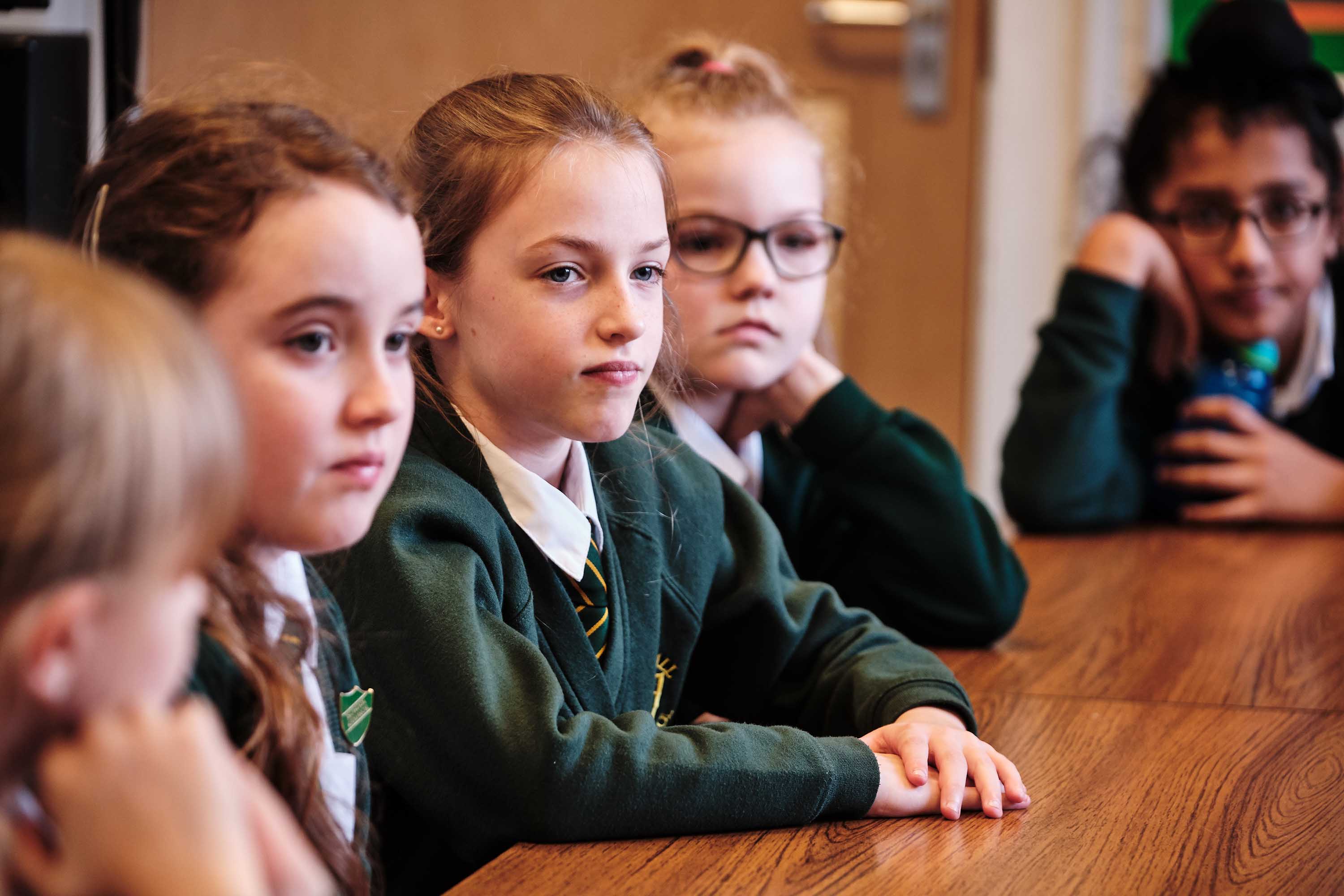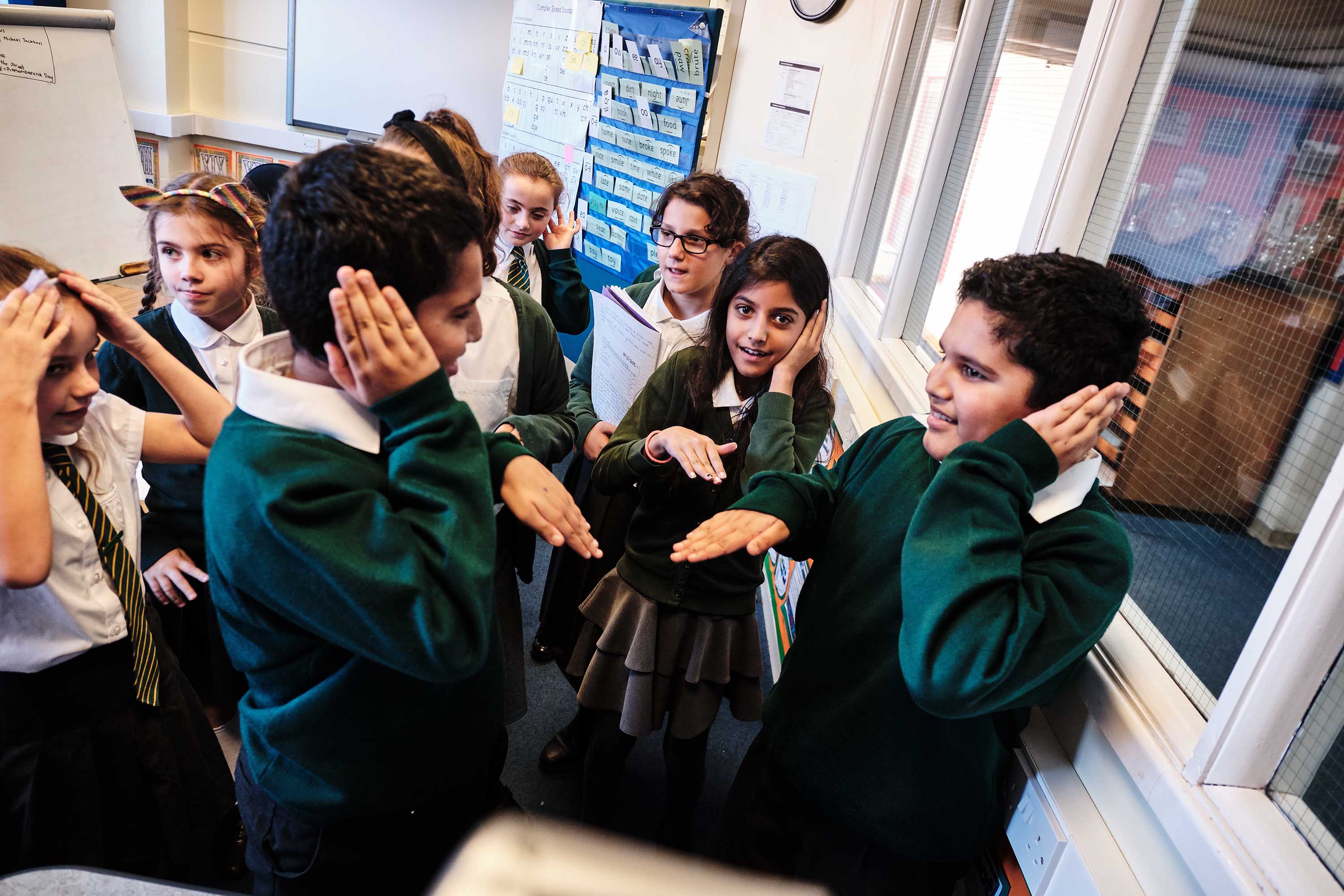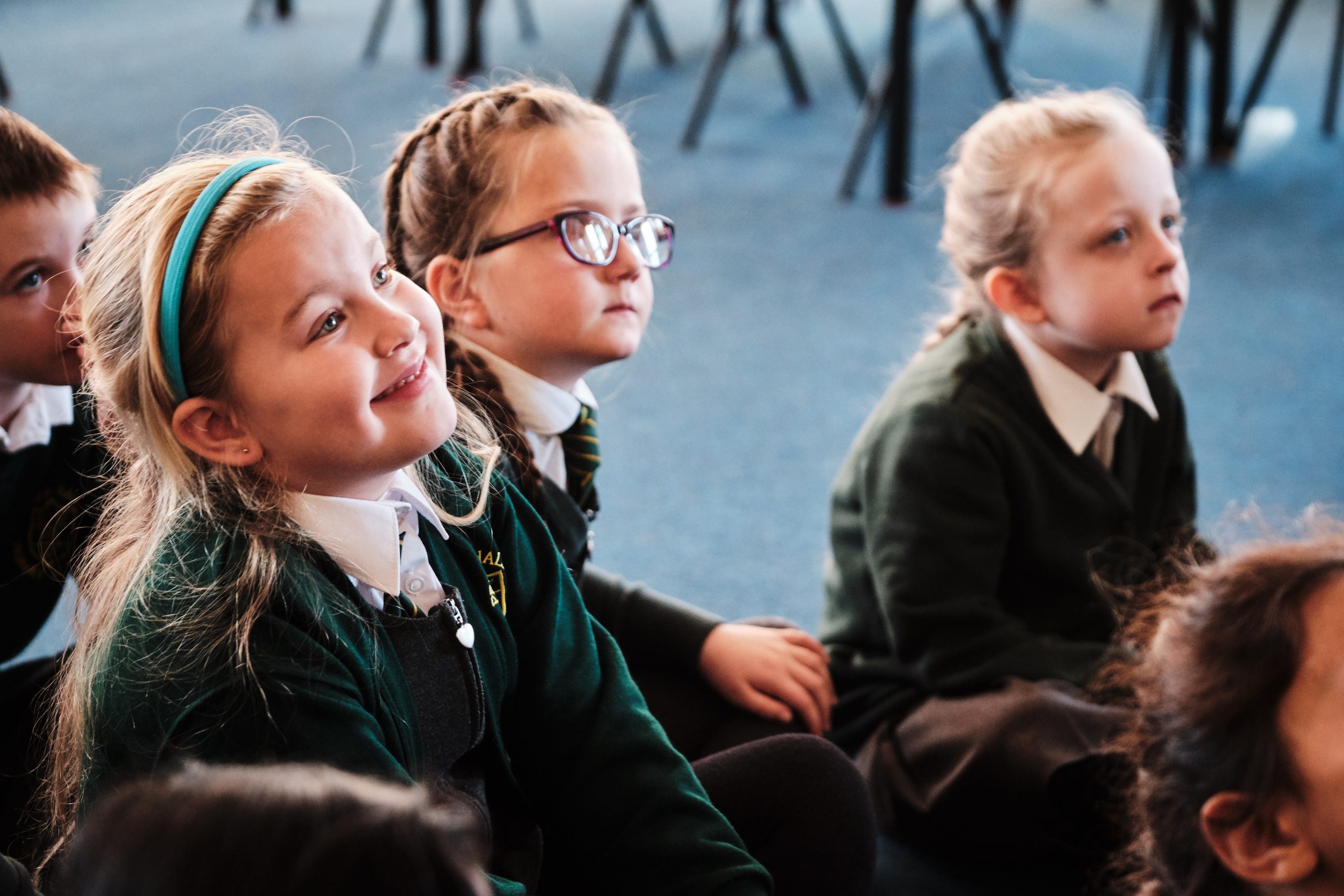Art
Subject Leader – Miss Moore and Mrs Hallard
Art at Perry Hall
At Perry Hall, we view Art as having the potential to reach all pupils and allow each child to create and develop a style of their own while learning about great artists from the past and present. Art is multi-dimensional, which support the children in other areas of the curriculum, from fine motor skills in Early Years to manipulation of colours and materials and eventually giving the children the confidence to try their own ideas and evaluate their own work and the work of others.
We use the PKC approach with our Art curriculum, meaning it is a knowledge rich curriculum. Knowledge, in the realm of art means knowledge not only of artists, designers, architects and their work, but of the artistic concepts that relate to their work shown in different types and styles of art, how these relate to each other in a historical context and how this affects the children’s own use of materials and development of skills.
The curriculum is designed to enable children to learn by making connections between the work of artists, architects and designers (which they study critically) and their own work, which they evaluate and relate back to the works they have studied. This process is cyclical. For children following the curriculum, becoming informed about the subject discipline of art is a process that takes place alongside a growing love for the subject. Meaningful opportunities for self-expression and individual response are woven through the curriculum, giving children space to learn who they are as an artist.
By the time our children leave us, our aim is for them to have a wide exposure to art and artists; being able to appraise and be inspired to create their own style. We hope they will enjoy expressing themselves and be able to use this as an approach for positive wellbeing.
Click below to see our Art overview.



WHY IS ART IMPORTANT TO OUR CHILDREN?
Year 2 Child
In art, we change shapes from an artist’s picture so it’s my own.
Year 3 Child
We learn how to be creative in art. I really like being creative.
Year 6 Child
We use what we have learned about the past to help us know how to act and behave. History also helps me in other lessons like in Geography because we learned about the Mongol Empire and Chang Dynasty.
Art in EYFS
This document demonstrates which statements from the 2021 Birth to 5 Matters are prerequisite skills for Art within the national curriculum. The table below outlines the most relevant statements taken from the Early Learning Goals in the EYFS statutory framework and the Birth to 5 Matters age ranges for Three and Four-Year-Olds and Reception to match the programme of study for Art.
The most relevant statements for Art are taken from the following areas of learning: Expressive Arts and Design, Physical Development and Literacy
Twos Provision
Expressive arts and design
Notice patterns with strong contrast and be attracted by patterns resembling the human face. Start to make marks intentionally. Explore paint, using fingers and other parts of their bodies as well as brushes and other tools. Express ideas and feelings through making marks, and sometimes give a meaning to the marks they make.
Physical development
Develop manipulation and control. Explore different materials and tools.
Literacy
Enjoy drawing freely. Add some marks to their drawings, which they give meaning to. For example: “That says mummy.”
Mathematics
Notice patterns and arrange things in patterns. Talk about and identifies the patterns around them. For example: stripes on clothes, designs on rugs and wallpaper. Use informal language like ‘pointy’, ‘spotty’, ‘blobs’ etc. Extend and create ABAB patterns – stick, leaf, stick, leaf.
Understanding the world
Explore materials with different properties. Explore natural materials, indoors and outside.
Nursery
Expressive arts and design
Explore different materials freely, in order to develop their ideas about how to use them and what to make. Develop their own ideas and then decide which materials to use to express them. Join different materials and explore different textures. Create closed shapes with continuous lines, and begin to use these shapes to represent objects. Draw with increasing complexity and detail, such as representing a face with a circle and including details. Use drawing to represent ideas like movement or loud noises. Show different emotions in their drawings and paintings, like happiness, sadness, fear etc. Explore colour and colour-mixing.
Mathematics
Notice and correct an error in a repeating pattern. Understanding the world Use all their senses in hands-on exploration of natural materials. Talk about what they see, using a wide vocabulary.
Personal, Social and Emotional Development
Select and use activities and resources, with help when needed. This helps them to achieve a goal they have chosen, or one which is suggested to them
Reception
Expressive arts and design
Explore, use and refine a variety of artistic effects to express their ideas and feelings. Return to and build on their previous learning, refining ideas and developing their ability to represent them. Create collaboratively sharing ideas, resources and skills.
Physical Development
Develop their small motor skills so that they can use a range of tools competently, safely and confidently. Suggested tools: pencils for drawing and writing, paintbrushes, scissors, knives, forks and spoons.
Mathematics
Continue, copy and create repeating patterns
End of Reception Early Learning Goals (ELG)
Early Learning Goal – Creating with Materials
Children at the expected level of development will:
- Safely use and explore a variety of materials, tools and techniques, experimenting with colour, design, texture, form and function;
- Share their creations, explaining the process they have used.
Early Learning Goal – Fine Motor Skills
Children at the expected level of development will:
- Use a range of small tools, including scissors, paint brushes and cutlery;
- Begin to show accuracy and care when drawing
Cultural Capital opportunities in ART
EYFS
-
Use of the school grounds
-
Art in nature/use of natural materials
-
Child initiated activities
-
Experiment/exploration of media
Key Stage 1
-
Use of various media and tools to create art
-
Use of digital media to create art
-
Creation of whole school art gallery
Key Stage 2
-
Exposure to Art from other cultures- eg Islamic Art, Art from Western Africa, Chinese painting and ceramics, North America, South America
-
Use of various media and tools to create art
-
Use of digital media to create art
-
Creation of whole school art gallery
